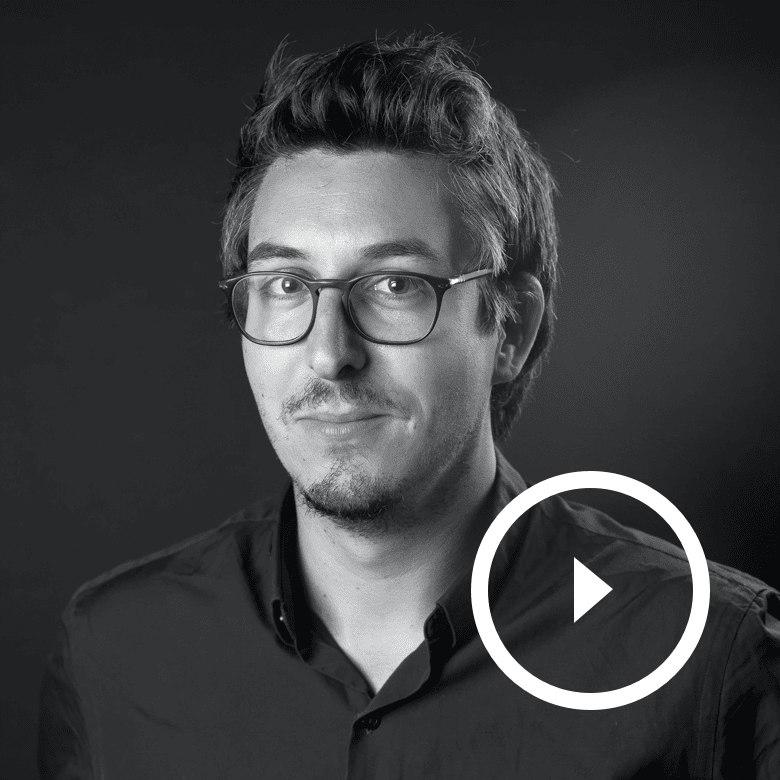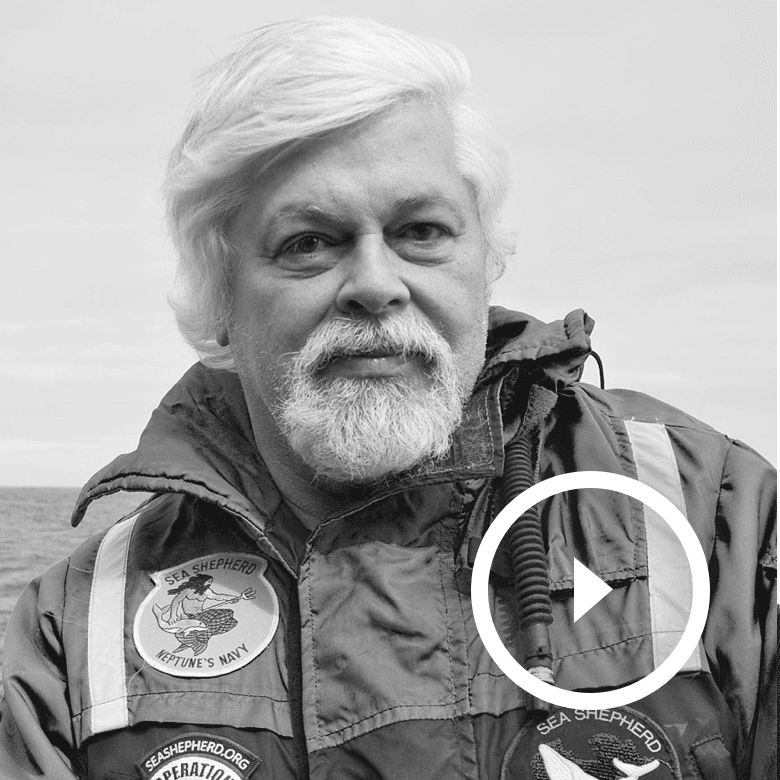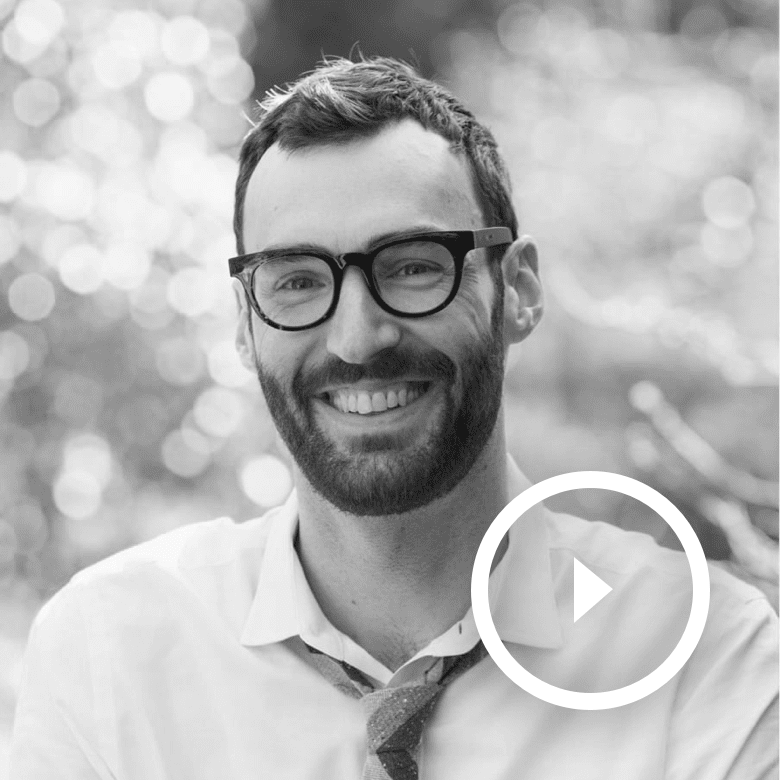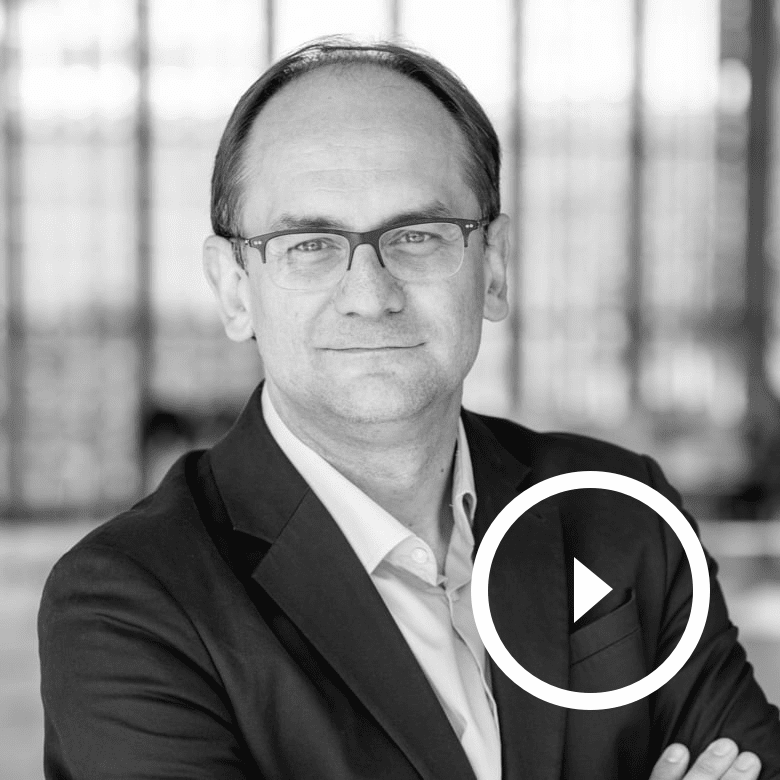Ryan Rumsey
Founder & CEO - Second Wave Dive
Combining Design and napkin math to get leadership buy-in
Ryan Rumsey
Ryan been designing professionally for 20+ years. Over the last decade he’s been building and leading design organizations while supporting some of the most category-defining companies in business today. He is the author of Business Thinking for Designers (2020; published by InVision) and CEO of Second Wave Dive.
Previously, he led Experience Strategy at USAA, building and growing a team of thriving strategists and consultants who served our executive line-of-business teams.
Prior to that, he was responsible for building Product and Design organizations at Electronic Arts and Nestlé Institute of Health Sciences. Before building teams, he designed and developed best-in-class software for Apple.
Links
ITODAY APERO #1
please everyone give a big round of applause for mr Ryan Rumsey!
– Ryan Rumsey: Hey everybody hi, so glad to see











